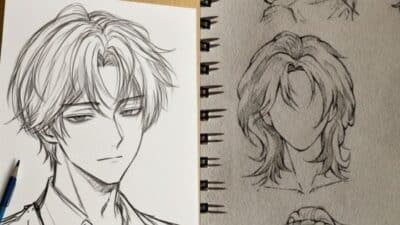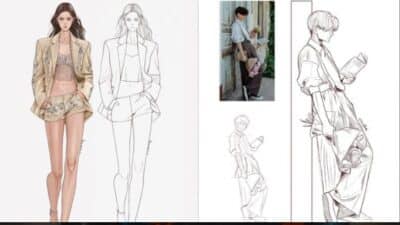Drawing a muscular woman means focusing on strong anatomy and clear muscle shapes. To make the figure look real, an artist needs to understand how muscles connect and move under the skin. The key to a great muscle woman drawing is paying attention to the size and placement of each muscle.
Artists often use simple shapes like circles and ovals to build the body’s structure before adding muscle details. This helps keep the proportions right, especially for powerful poses like lifting weights or doing lunges. Muscular women can be shown in action or relaxed, but the muscles should always look natural and believable.
Muscle woman drawings are popular because they show strength and confidence. Whether for comic art, fitness illustrations, or character design, learning to draw muscles well gives art a dynamic, energetic feel. This skill can inspire creativity and make characters stand out.
Understanding Female Muscle Anatomy
Muscle anatomy in women involves recognizing key muscle groups and understanding how they differ from men. It also includes knowing how muscles look when both active and at rest. These details help artists create accurate and natural drawings of female muscles.
Major Muscle Groups in Women

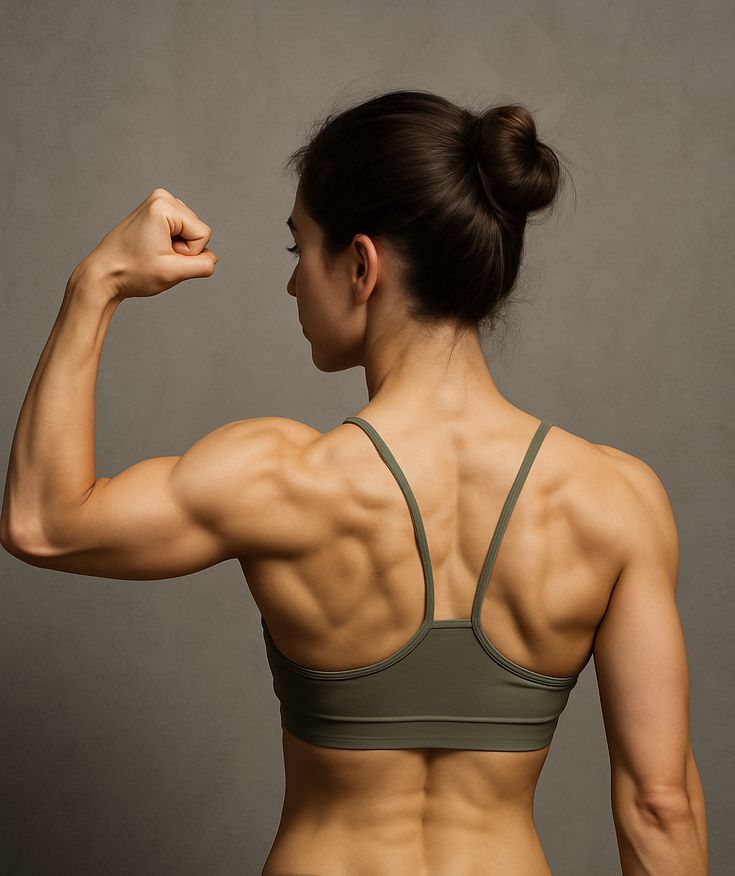
The main muscles to focus on include the deltoids (shoulders), pectorals (chest), biceps and triceps (arms), abdominals (stomach), quadriceps and hamstrings (thighs), and gluteals (buttocks). These muscles shape the body’s main forms.
The latissimus dorsi (back) and trapezius (upper back and neck) are important for posture and movement. Female muscle groups tend to be smoother and less bulky than males, showing more subtle curves.
Knowing where these muscles connect and how they overlap helps create realistic drawings that reflect muscle tone and body shape.
Differences Between Male and Female Musculature

Women generally have less muscle mass than men due to hormonal differences, especially lower testosterone levels. This means female muscles usually appear softer and less defined.
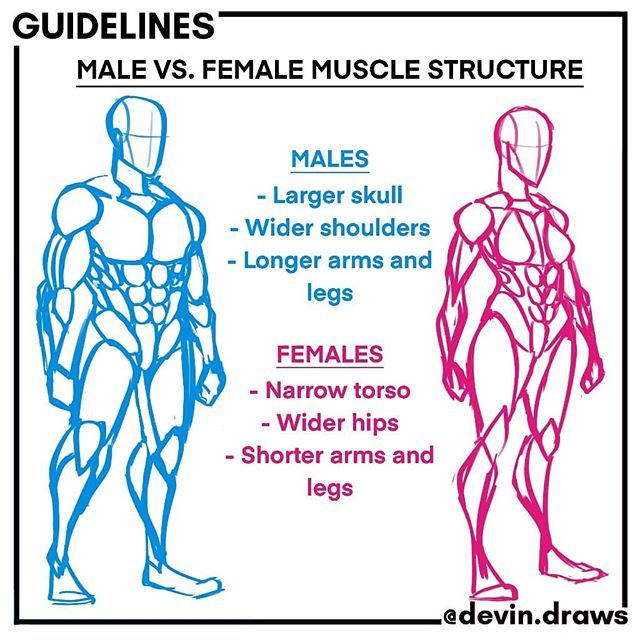
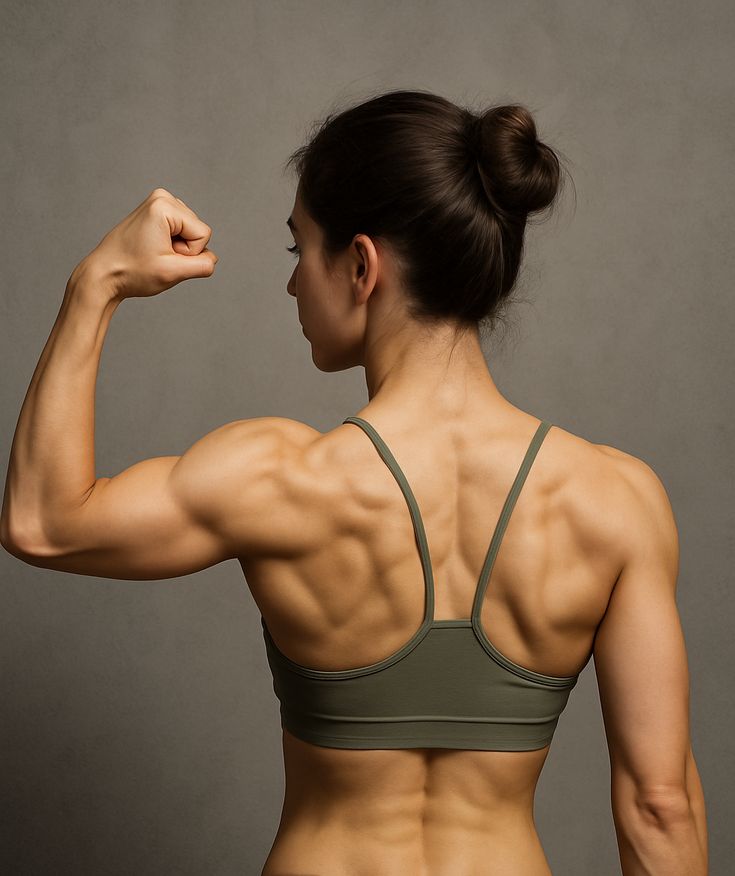
Muscle size and shape tend to be different as well. For example, women have narrower shoulders and wider hips, affecting how muscles like the deltoids and gluteals form.
While men may show more muscle striations and bulk, women’s muscles often show smoother outlines. Individual differences add variety, so not all female muscles look the same.
Dynamic and Relaxed Poses
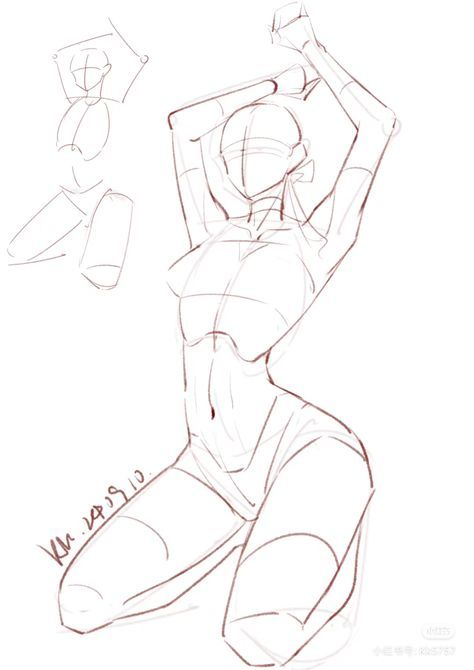
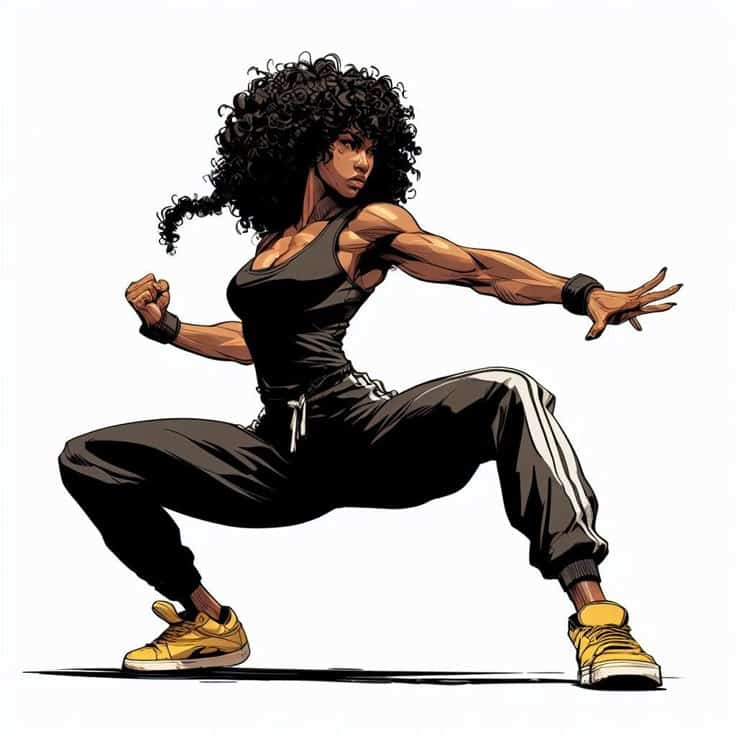
Muscles change shape depending on movement. In dynamic poses, muscles contract and show more definition, stretching and flexing in different ways.
In relaxed poses, muscles appear softer and less pronounced. The key is to observe how muscles stretch or bunch up in motion and at rest to draw them accurately.
Using reference images or life drawing can help capture these changes. Artists should pay attention to how skin moves over muscles during different poses for realistic results.
Materials and Tools for Muscle Woman Drawing
Drawing muscular women requires the right tools to capture anatomy and muscle detail clearly. Having solid sketching supplies, effective digital tools, and quality reference images helps artists work more accurately and confidently.
Recommended Sketching Supplies


For beginners and traditional artists, pencils with a range of hardness levels are essential. A set that includes 2H, HB, 2B, and 6B pencils offers control over light shading and darker lines. Smooth sketch paper or a sketchbook with medium tooth helps show muscle shape clearly without smudging too much.
Erasers are important for refining muscle contours. Kneaded erasers allow gentle lifting of graphite, useful for highlights on muscles. Blending tools like tortillons or paper stumps help smooth transitions in shading, simulating curved muscle surfaces.
Using a ruler or compass is helpful for basic body proportions. Artists should also keep a sharpener handy to maintain fine pencil points that define muscle edges with precision.
Digital Drawing Tablets and Software
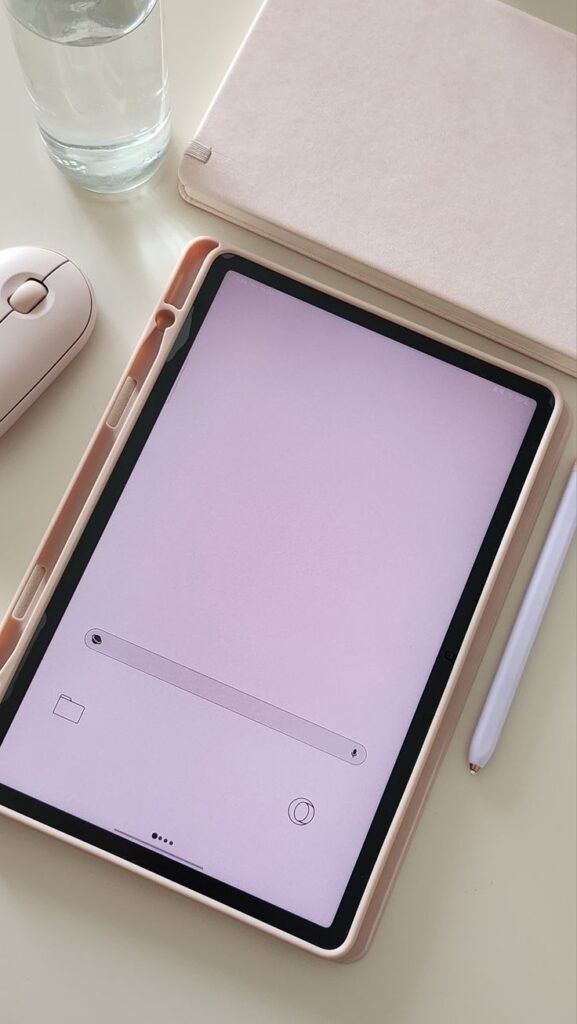

Many artists use digital tools to create muscle woman drawings. Tablets like the Wacom Intuos or Samsung Tab S6 offer pressure sensitivity that mimics pencil strokes. These allow artists to draw muscle fibers and contours with more control and flexibility.
Popular software includes Clip Studio Paint, Procreate, and Adobe Photoshop. These programs provide layers, brush customization, and undo options, which make it easier to refine anatomy and shading without starting over.
Digital tablets also support zooming in for small muscle details and adjusting colors for realistic skin tones or highlights. They are ideal for artists who want to combine precision with digital effects in their work.
Selecting Reference Images


Choosing good references is key for accurate muscle depiction. Artists should look for photos or pose models that clearly show muscle definition and natural body shape. Images of mesomorph or athletic female bodies are helpful because they display visible muscle groups without extreme exaggeration.
Muscle anatomy books or online tutorials can provide diagrams showing muscle origins and inserts. These help artists understand how muscles overlap and change with movement.
Using multiple references from different angles gives a rounded view of the muscular structure. This makes drawings more believable and dynamic instead of flat or stiff. It is best to combine real photos with anatomical drawings for better depth and accuracy.
Step-by-Step Muscle Woman Drawing Process
Drawing a muscular woman takes careful planning and attention to muscle shapes and body proportions. Starting with a rough outline helps build the form. Then, layering muscle details and refining edges will bring the figure to life.
Planning the Figure’s Proportions


The first step is to set the figure’s basic proportions. This means measuring the head, torso, arms, and legs in relation to each other. Many artists use the head as a unit of measurement, usually around 7 to 8 heads tall for the entire figure.
The shoulders should be broad but balanced with the hips. Mark key points like the ribcage, pelvis, and joints. This rough framework guides muscle placement later. It’s important to keep the stance natural and avoid stiff poses by using simple shapes like ovals and tubes to map out the body.
Sketching Muscle Structure
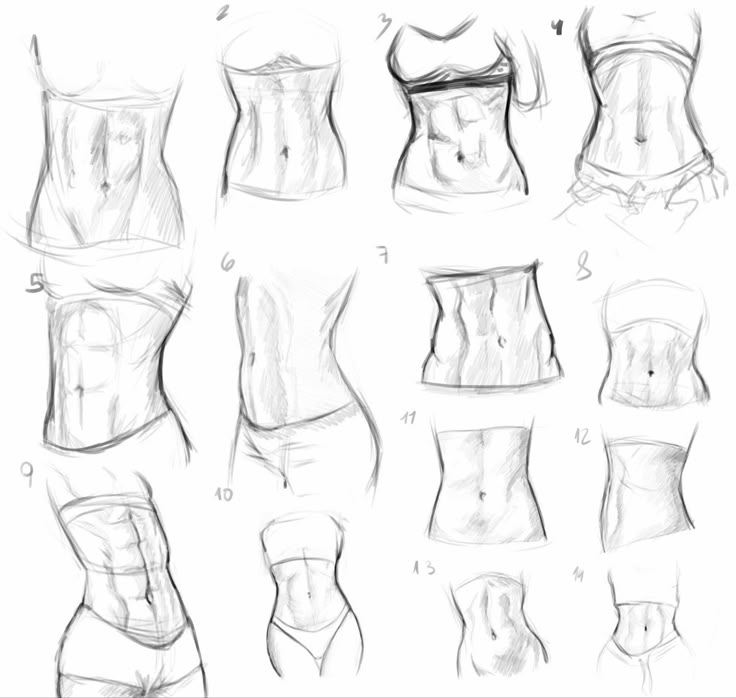
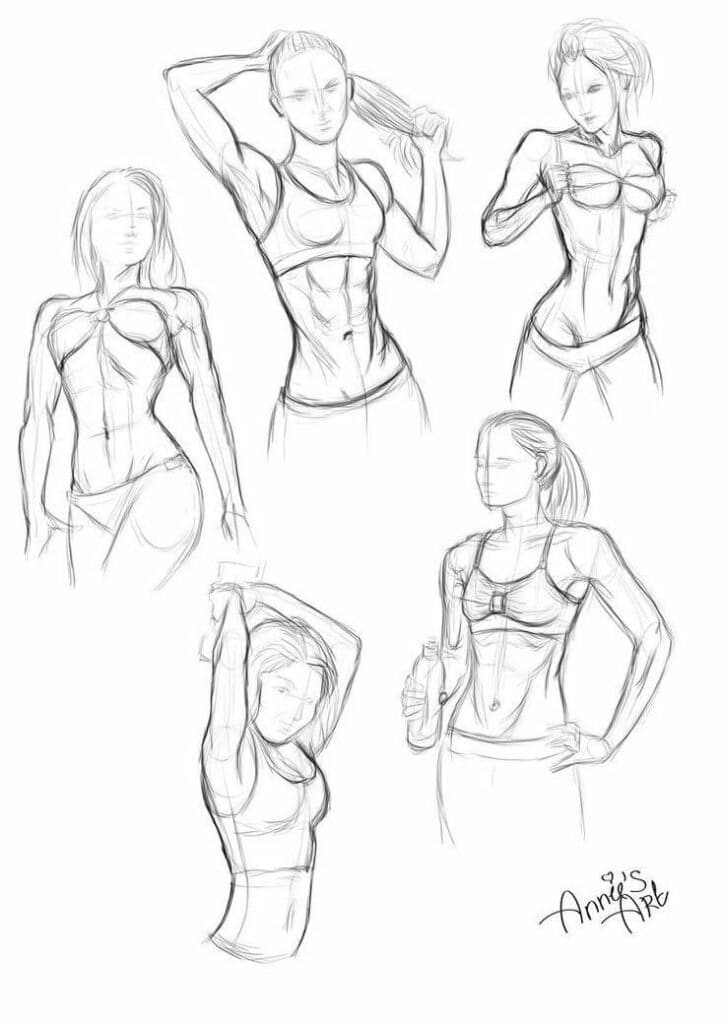
After setting proportions, the next step is to sketch the muscles. Focus on the main muscle groups like the deltoids, biceps, triceps, pectorals, and abdominals. Use curved lines to show the bulk and flow of muscles rather than drawing sharp edges.
Muscles overlap and connect at joints, so it’s important to show where they start and end. Artists should keep the anatomy realistic by studying muscle shapes and how they change with movement. Light, loose lines help map out the muscle flow without committing too early.
Adding Details and Definition

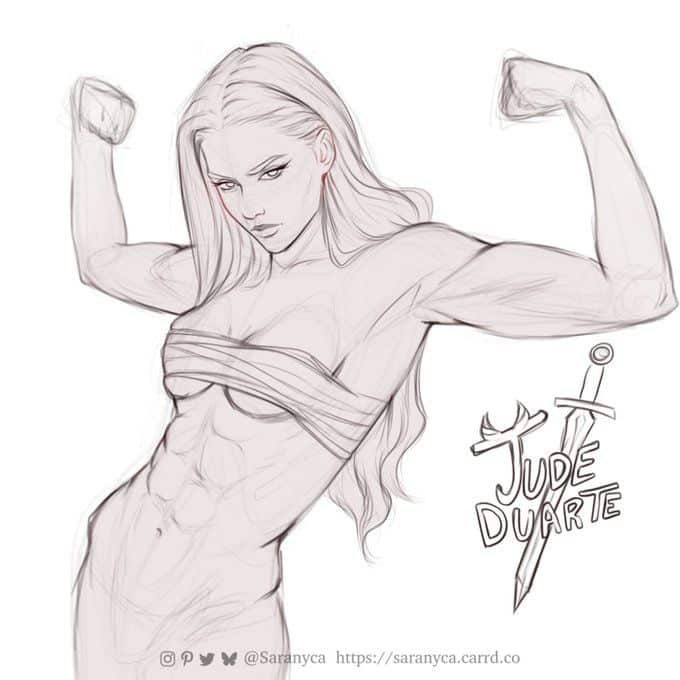
With the muscle structure sketched, details can be added to create volume and depth. Define the separation between muscles with shading or contour lines to suggest roundness and tension. Pay attention to how light hits the skin to add highlights and shadows.
Veins and skin folds can be lightly indicated but should not be overdone. The idea is to give the muscles a strong but natural look. This step often involves going over the sketch with a darker, more confident line to emphasize the form.
Refining the Final Artwork


The last stage is cleaning up the drawing. Erase unnecessary sketch lines and sharpen the muscle outlines. Adding texture, like skin tone or slight muscle striations, can make the drawing more lifelike.
At this point, the artist can adjust posture or fix any body part that looks off balance. Using tools like blending to smooth shading or layering different line thicknesses makes the figure visually clearer. This careful polishing step transforms the rough drawing into a finished, muscular woman figure.
Drawing Different Body Types and Poses
Muscle woman drawings require attention to body shape, muscle definition, and how the figure moves. Artists should balance anatomy with natural poses to create realistic, strong characters that feel alive and expressive.
Depicting Athletic Female Figures
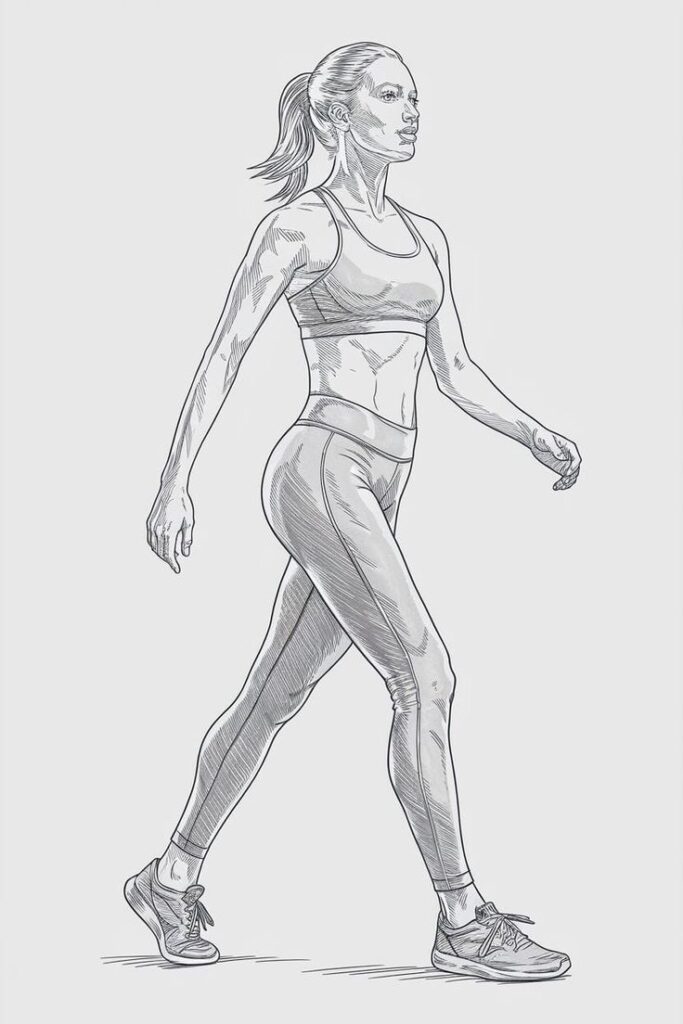

Capturing an athletic female figure means focusing on muscle groups like the shoulders, arms, abdomen, and legs. The muscles should look strong but not exaggerated.
Artists start with basic shapes—circles for joints and ovals for limbs—and build up muscles on this frame. The figure’s proportions matter; wider shoulders and a well-defined waist often show strength clearly.
Adding details like muscle striations or shading helps show the form under the skin. It’s important to keep muscles varied in size and shape, reflecting natural body diversity rather than a one-size-fits-all look.
Capturing Strength in Motion
Movement brings energy to a drawing of a muscular woman. Artists should study how muscles stretch and contract during activities like running, lifting, or punching.
Using gesture drawing helps capture a lively pose quickly. It focuses on the flow and action rather than details at first. This lets the figure feel dynamic and powerful.
Muscle tension changes with pose, so showing flexed or relaxed muscles adds realism. For example, biceps bulge when the arm bends. Observing these shifts is key to making a believable image of strength in action.
Posing for Expressiveness
Poses communicate emotion and character personality beyond muscle size. A confident pose might include hands on hips or a chest pushed forward.
Artists can mix traditional poses with unique angles to add interest. Twisting the torso or raising an arm creates movement and shows muscles from different views.
Expressive faces combined with body language help tell a story. Tension in the neck and jaw, or a focused gaze, highlights determination. These details make muscular women in art feel powerful and real.
Shading and Coloring Techniques
Shading and coloring bring muscle drawings to life. Proper use of light and color shows the natural curves and strength of the female form. Artists need to pay close attention to how shadows fall and how colors reveal different layers of the skin and muscles.
Highlighting Muscle Definition
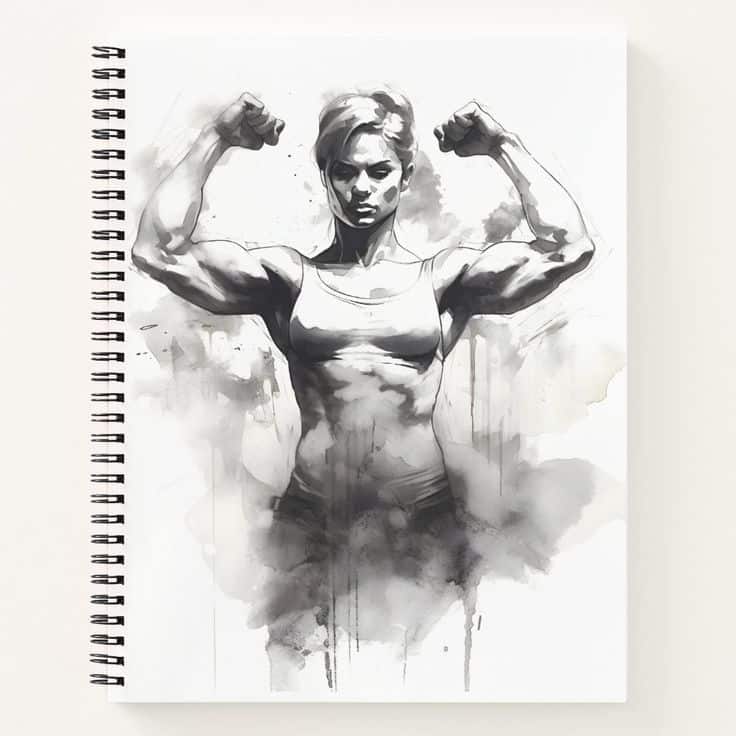
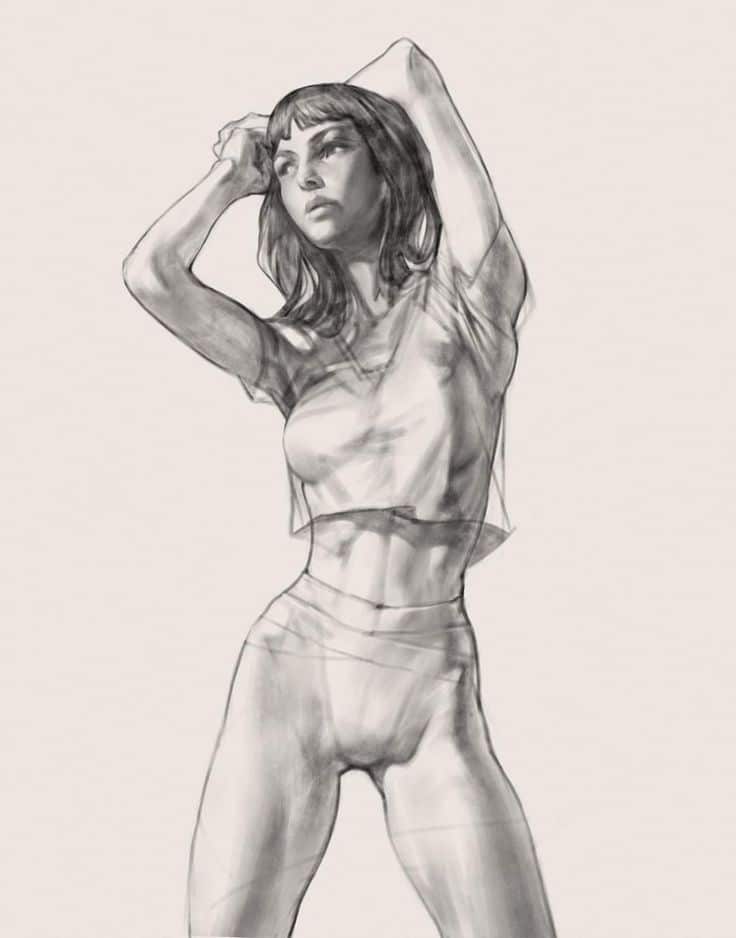
To highlight muscle definition, artists first focus on light sources. Shadows are placed opposite the light to create depth and form. Using soft, subtle lines around muscles helps suggest shape without over-defining.
Areas like the biceps, shoulders, and abs often catch light differently. Adding sharp contrasts on these spots makes muscles appear firmer and more three-dimensional. It’s important to build shadows slowly and layer them rather than making dark marks immediately.
Artists use gradual shading to show smooth transitions between muscle curves. Light areas near raised muscles contrast with darker zones under or between them.
Realistic Coloring for Skin and Muscles


Realistic coloring means choosing skin tones with slight variations. Muscles often show red or pink undertones due to blood flow, especially near the surface. Adding a subtle glow in these areas makes the skin feel alive.
Color layers separate different features like skin, muscles, and hair. This helps keep colors clean and easier to adjust later. Flat base colors come first before adding highlights and shadows.
It’s helpful to use cooler tones in shadows (like blues or purples) to add natural depth and warmer tones in highlights. This mix keeps the skin from looking flat or dull.
Blending Techniques
Blending smooths the transition between light and dark areas. Artists work carefully to avoid harsh lines unless portraying very tight or flexed muscles.
Using tools like soft brushes or smudge tools helps create smooth color gradations. Layering with low opacity brushes also builds natural depth over time.
Most artists blend by working in tiny, controlled strokes that follow muscle shapes. This respects natural curves and makes shading feel organic.
Combining blending with proper base colors and highlights is key to capturing the muscle’s form without losing detail.
Common Mistakes in Muscle Woman Drawing
When drawing muscular women, some details can easily be overlooked. Mistakes often involve drawing muscles too large, using wrong body proportions, or missing key body landmarks. Fixing these points helps create a natural and believable figure.
Over-Exaggeration of Muscles
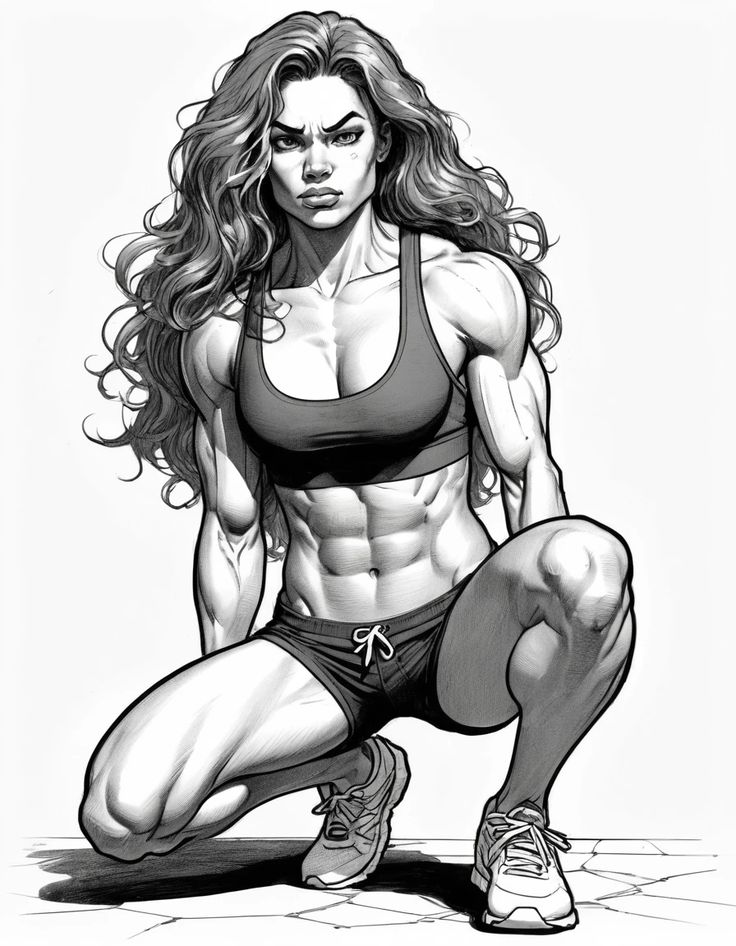
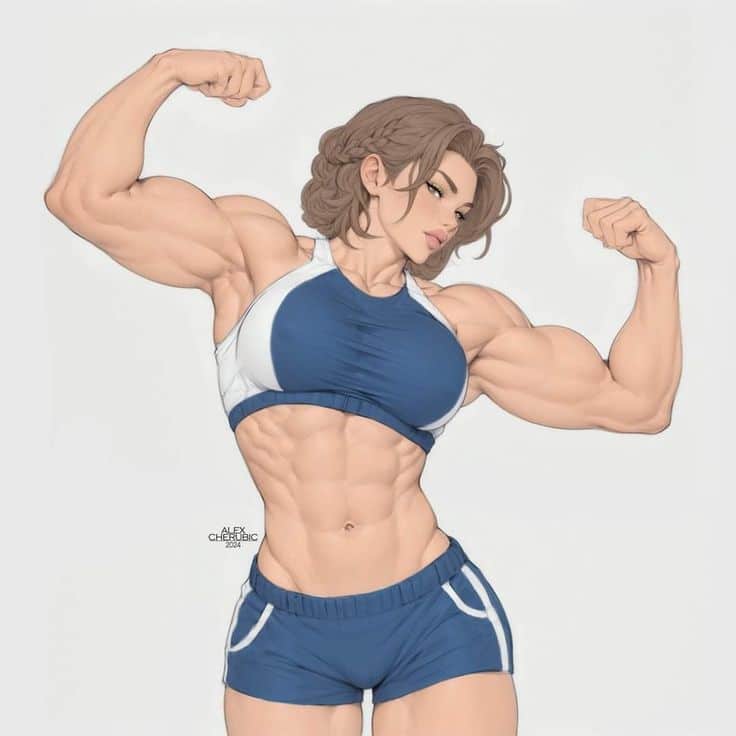
One common error is making muscles too big or sharp. Muscles need to look strong but also natural, not like exaggerated shapes that don’t fit the human body. Over-exaggeration can make the figure appear cartoonish or unrealistic.
To avoid this, artists should study real muscle shapes carefully. Focusing on how muscles curve and overlap will help. It’s important to draw muscle size relative to the character’s height and build.
Also, muscles are not separate blocks but flow smoothly. Avoid drawing harsh lines that split muscles unnaturally. Soft transitions between muscle groups keep the figure believable.
Incorrect Proportions
Proportions are key when drawing muscle women. Sometimes, the arms or legs can be too long or short compared to the torso. This throws off the overall balance and looks odd.
Studying body ratios helps. For example, the height of the head compared to the body or the length of limbs relative to the torso should be consistent.
Muscular figures usually have broad shoulders and thicker limbs, but these parts must still fit with the body’s general size. Keeping proportions in check means the drawing will look strong and balanced.
Ignoring Anatomical Landmarks
Anatomical landmarks are specific body points like collarbones, knees, or muscle insertions. Missing or wrongly placing these makes the figure look flat or awkward.
Artists should pay attention to these landmarks as guides. For example, the position of the clavicle helps shape the shoulders. The outline of muscles changes depending on where they attach to bones.
Knowing these points allows the artist to create realistic muscle form and posture. It also helps in showing correct weight distribution and movement in the drawing.
Inspiration and Style Development
Finding ideas and building a unique style are key parts of drawing muscular women. Artists often look at well-known works and practice different techniques. They also create their own characters to express personal creativity and improve skills.
Studying Famous Artists


Looking at famous artists who draw muscular women helps understand how muscles move and connect. They often show clear anatomy, with detailed muscle shapes and natural poses. Studying these works can teach how to balance strength and femininity in the figure.
Artists should focus on how muscles bulge and stretch in different actions. They can also note shading and line work that highlight muscle tone. Taking time to copy or imitate these drawings builds a strong foundation. It helps artists avoid mistakes and spot common muscle groups.
Using sketchbooks to practice poses from reference photos or famous art sharpens observation. This step is useful before trying original work. Artists can create a library of ideas from these studies to use later.
Creating Original Characters
Making original muscular woman characters means combining anatomy knowledge with imagination. It starts by deciding on personality traits like strength style, movement, or role — such as athlete, warrior, or hero. These choices affect pose and muscle emphasis.
Artists can experiment with different body shapes and muscle sizes to create variety. For example, thicker arms might show power, while sleek legs add speed. Using rough sketches first helps find the best design.
Colors, clothing, and accessories add character and mood. A well-designed character stands out when these details support the figure’s muscles. Building a backstory for the character can guide artistic choices and make the design feel real.
Keeping a reference folder with photos, poses, and ideas supports creativity. This approach encourages artists to try new styles while keeping strong anatomy skills.
Sharing and Showcasing Your Artwork
Artists who draw muscular women can benefit from showing their work clearly and connecting with others who share their interests. This helps them grow their skills and find support.
Building a Drawing Portfolio
A good portfolio highlights the best muscle woman drawings. It should include a variety of poses, muscle details, and styles to show range. Quality matters more than quantity—choose pieces that demonstrate strong anatomy and creativity.
Organize the portfolio well. Group drawings by theme or technique for easy viewing. Digital portfolios are popular. Using platforms like ArtStation or a personal website can make sharing simple and professional.
Keep updating the portfolio regularly. Add new work and remove older pieces that no longer match the artist’s skill level. A fresh portfolio attracts more attention from fans and potential clients.
Engaging with Online Art Communities
Joining online groups helps artists get feedback and meet others who enjoy drawing muscular women. Sites like DeviantArt, Pinterest, and PoseMy.Art offer spaces to share work and learn from others.
Active participation is key. Commenting on others’ art, joining challenges, and sharing progress can build friendships and improve skills. Artists can also find tutorials and references tailored to muscle anatomy.
Many communities support artists by hosting contests or themed galleries. Taking part offers exposure and motivation. It’s a great way to stay inspired and connected with people who value muscular woman art.
- 97shares
- Facebook0
- Pinterest97
- Twitter0

